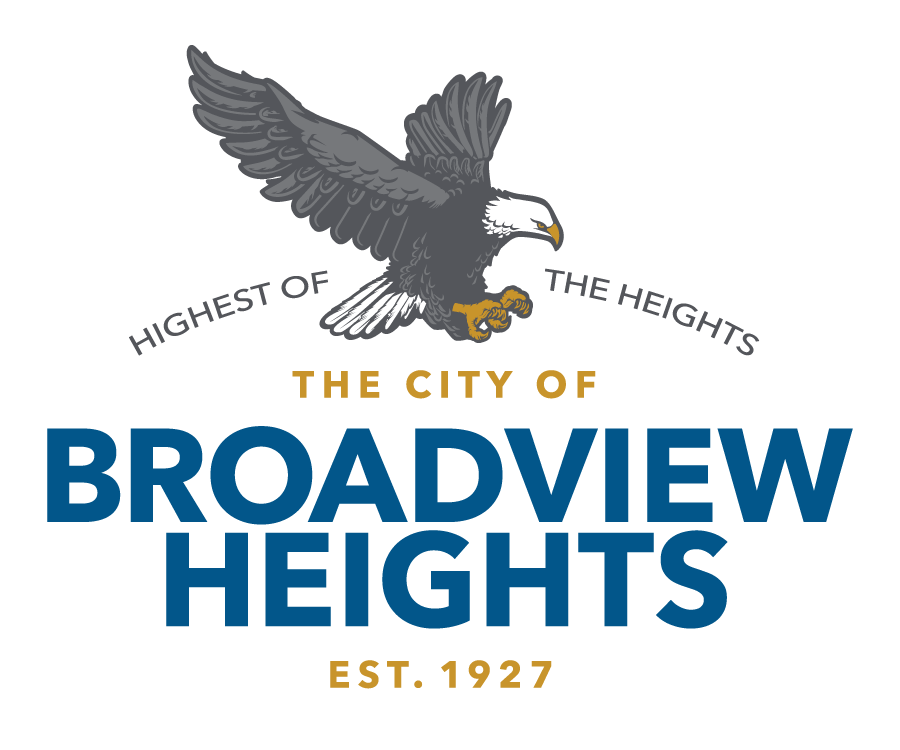New townhouse developments prohibited in residential districts
by Dan Holland
Broadview Heights voters on Nov. 7 passed Issues 25 and 26 by a nearly 60% approval margin to prohibit the building of any future townhouse developments in residential neighborhoods of the city.
City Council President Robert Boldt led efforts to have the zoning issues placed on the November ballot. The move eliminated B-1 and B-2 zonings from the city code, which previously allowed for clustered townhome developments.
“By passing issues 25 and 26, it ensures that the makeup of Broadview Heights will remain the same as far as the look going forward; the residents have taken the power to make sure it does not become a negotiation,” Boldt told The Broadview Journal. “By eliminating that from the zoning, it gives the residents, the city legislative body and administrative personnel directive and enforcement not to allow townhouses to be built in the residential neighborhoods.”
“We put it on the ballot, and when the voters speak, we listen,” added Mayor Sam Alai. “They overwhelmingly said they want to slow down growth in the city, and we don’t need houses on top of each other. We want to keep the green spaces around the city; that’s what the voters want, and that’s what they should have.”
Townhome construction will still be an option in the city’s town center, located in the area of Broadview and Royalton roads.
“They will still be allowed to be built in the city center, which we’re okay with,” said Boldt. “So, if someone wants to buy a townhouse, that still gives them that ability. They’re great for a centralized walkable area like town center, but the residents showed by their votes that they want the homes being built in the residential areas to look like the homes already there.”
Townhome developments can quickly increase the population, potentially placing a strain on the public school system, safety forces and city services and infrastructure, Boldt added.
“With the zoning and the way we built the neighborhoods, it was designed for residential, which is three dwellings per acre,” said Boldt. “Townhouse developments put in six dwellings per acre, which is double the population.”
“The biggest thing is that stormwater issues increase with potentially more infrastructure having to be built,” Boldt continued. “We don’t know how much the underground pipes would have to be expanded in that scenario. It comes back on the taxpayers if there is a breakdown of any of the infrastructure, so it is a cost savings over time.”
“We have stormwater issues that we’re still working on along with our infrastructure, and we would like to only see single family homes coming in,” Alai added. “Piecemealing in a few homes here and there is one thing, but putting in a whole new subdivision isn’t warranted. We are right where we need to be with the right amount of police, fire and city service workers. We don’t need to further overburden our services and infrastructure.”
Boldt said placing the issues on the ballot was necessary as three of the last four residential developments proposed in the city by developers have been for townhomes. “All you have to do is look at the areas in the surrounding suburbs – everyone is putting townhomes in,” he said. “I know it’s the latest trend, and some people like townhomes, but it’s not the character of the way that Broadview Heights was built. I want to keep the character of the way it was built but also provide opportunities for townhouses by keeping them in town center.” ∞

